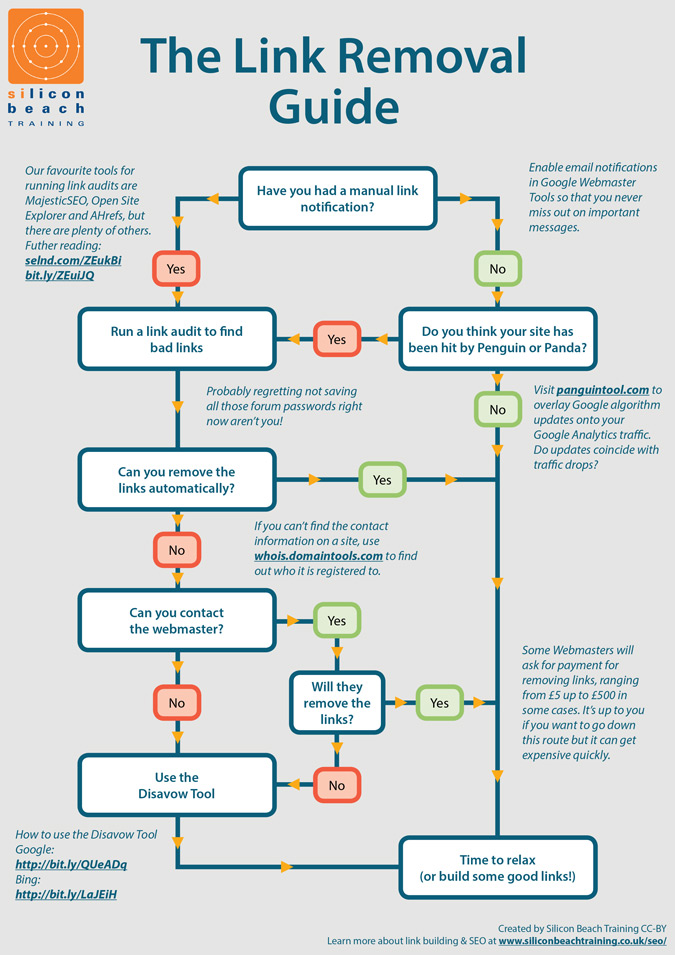When people think of Microsoft Excel, they often picture dull figures and charts and just generally lots and lots of data. All very useful stuff but not the most enthralling outside of a work environment.
Some people however, take a different approach. To them Excel can be anything and everything. It's not just for business and numbers. It can be used to create innovative and original concepts, in all sorts of different ways.
Whatever you want to use Excel for, our Excel Training will give you all the knowledge you need to make the most of this powerful tool and it's also worth reading this blog post on some hidden Excel tips and tricks.
So let's take a look at some of the less traditional uses of Excel to give you an idea of what this software can really do.
Art in Excel
Excel can and has been used by artists as a platform to express their ideas and creativity. It may sound like an odd choice of medium but the flexibility and functionality Excel provides is surprisingly suited to artistic endeavour.
Take a look at these magnificent pieces by Japanese artist Tatsuo Horiuchi:


And these Star Wars-themed works by Shukei are out of this world (excuse the pun):



Aaron Charlie
20 May 2013
One of the most common reasons that small businesses attend our SEO Courses is that they've had a Google link penalty - manual or algorithm - which have become part and parcel of SEO since the Panda update first reared its head.
With the increase in penalties has come an increase in link removals, but it's not always easy to know when to remove links, or even which links to remove. After all if you remove all your links then you're not going to rank for anything at all!
We decided to clear up the confusion surrounding link removal by creating a downloadable guide to removing links. Simply work your way through the guide to decide if and when to remove bad links, and how to go about doing it.
Click the image below to download the full PDF:

Share this: Twitter | Facebook | Google+ | LinkedIn
It's important to remember that links are no longer the be all and end all of SEO anymore. Personalised results based on location, preferences and search history now mean that no searcher has the same results. This is even more true for mobile searches, which is why we've just launched our one-of-a-kind Mobile SEO course that focused specifically on the mobile side of search.
Have You Had a Manual Link Notification?
Check your Webmaster Tools account for unnatural link penalty notifications, which mean that Google have taken manual action against your site.
If you haven't set up Webmaster Tools then it's essential you do; use our guide to using Webmaster Tools and make sure you set up email alerts so you don't miss important messages.
Craig Charley
7 May 2013
At some point during a career in training you'll have to train somebody for whom English isn't a first language. In this situation, it can be difficult to stick to your established learning methods and activities.
On our 2-day Train the Trainer course, we explain in detail how to cater for different levels and learning styles, and teaching non-native English speakers comes under a similar bracket.

With all that in mind, we decided to put together a guide to help you deal with this challenge. So what's the first you can do to make things easier for you and your delegates?
Limit the Jargon
For someone who has just learnt, is still learning, or who rarely speaks English, technical jargon can be a bit of a stumbling block. Words that have little meaning without deep context can be confusing to native speakers, let alone those with English as a second language.
Andy Trainer
1 May 2013
Skeuomorphism is, according to Wikipedia, "a physical ornament or design on an object made to resemble another material or technique." It's a somewhat controversial design technique that has been around for centuries.
In terms of web and mobile design, skeuomorphism is most commonly referred to in terms of icons or even apps and software which use representational design elements that possess little or no functionality. You can learn all about skeuomorphism on our InDesign Training.
An example of it would be the notepad on Apple iOS devices which has been designed to look like a traditional paper notepad. There's no need for it to be designed like this, from a functionality perspective, but the way it looks makes its purpose easily identifiable. The skeuomorphic philosophy employed by Apple is a big part of their approach to making tech simple and ultra-user-friendly.
It's not just Apple that uses this technique though; it has been in use in the tech industry for years, especially with regard to buttons and icons.

But is it a good thing? Should we really be using symbols that don't mean anything in terms of the app or software?
Aaron Charlie
29 Apr 2013
|
It's the latest social media craze that's getting marketers excited - Vine, the 6-second video app. It's done for video what Instagram did for photos, and like Instagram it has been bought by one of the biggest players in social - Twitter. What we find absolutely brilliant about Vine (and similar apps) is that is gives marketers with limited budget and technical skill the chance to do something creative. |
What you don't need:
A massive marketing budget, full camera crew, expensive video editing software, the technical skill to operate camera equipment and software

What you do need:
A great idea, an iPhone or iPad (Vine isn't on Android yet, but there are plenty of alternatives!)
You also need to be clued up on social media! Unfortunately, it's not as easy as just posting some videos and watching the money roll in. Our social media courses will help you market your brand through social channels using tools such as Vine. Combined with content marketing training you will be ready to make the most of social video.
You may think that 6 seconds is restricting, but that restriction forces you to think - What can I fit in 6 seconds? Think of it as the video version of an elevator pitch.
A 6 second video is a viable way of getting your message across in today's crowded social networks. It's easier to convince a passer by to stop for 6 seconds than for 6 minutes.
Craig Charley
26 Apr 2013
We often receive the same question about our PRINCE2® Training Courses here at Silicon Beach: "what's the difference between the PRINCE2 Foundation and the PRINCE2 Practitioner qualification?"
With that in mind, we thought we'd put together a handy table outlining the main differences, as well as our thoughts on which people and positions that are best suited to each course.
Hopefully, it will make your decision that little bit easier when booking your PRINCE2 Training, although if you're still struggling to decide, our sales team are always on hand to help!
So what are the main differences?
Andy Trainer
24 Apr 2013
In 2013, most businesses realise the importance of content. That's why so many SEO agencies are repositioning themselves as content agencies, or at least offering it as a primary product. Our Content Marketing courses used to attract mainly bloggers, but since the Panda and Penguin Google updates we have seen a large increase in SEOs wanting to learn about content.
Yet this mass conversion to content brings up some issues - there is too much noise. Most businesses are still stuck in an outdated content strategy - regular, mediocre quality blog posts with little intent. The content is happening, but is it working?
With content at the forefront of so many marketing strategies, it seems at first glance that big businesses have a massive advantage. Whole in-house marketing teams as well as high profile agencies on hand to craft incredible content. How does a small business compete against this with a 1-3 person marketing team?

Big Evergreen Content
The idea for this post was sparked by Hannah Smith's talk at BrightonSEO 'Go Big or Go Home'(excellent write up on State of Search), which prompted me to revisit Dr. Pete's SEOmoz post at the end of last year 'Why Big Content Is Worth the Risk'. Both Hannah and Dr. Pete explain why big content is necessary and how it can help your business stand out in a very crowded world of below par blog posts:
"We all want the low-hanging fruit, but let’s be honest – the low-hanging fruit is rotten, bruised, and covered with the grubby fingerprints of all the other spoiled brats pawing at it."
The consensus of both the talk and the post is that big content takes around 40 hours to produce. Hannah compared this to an average 12 hours for 'small content' but I think that's a huge overestimation for the majority of businesses. James Carson recently alerted Twitter to the existence of a job ad for an agency looking for a Marketing Executive who for £18,000 a year had to write 25 blog posts a day. That's well over 6,000 articles a year on a range of topics, written by somebody with little knowledge about the subject and obviously no research.
With that much noise, it's important to be different to break through, and that's where big content comes in. But I'm going to go a step further and ask you to consider another element - sustainability. Another popular topic at BrightonSEO, and a common phrase in marketing blogs at the moment is Evergreen Content.
In the rest of this post I'm going to try and convince you why your content should be both big and evergreen for the holy grail of content marketing.
Craig Charley
22 Apr 2013
In this first session of the brilliant Brighton SEO, we were lucky enough to get the opportunity to hear some ex-Google employees answer questions posed by the audience.
The three ex-employees all come from the Search Quality team of Google: Fili Wiese, Jonas Weber and Alfredo Pulvirenti.
Hearing details about Google's processes straight from the horse's mouth is like gold-dust to SEOs but for an up-to-date understanding of the direction that the industry is headed, you can't beat our Mobile SEO Course!
Google Team Structure
First up they were asked about the structure of the teams at Google.
The teams are split into algorithmic and manual search engineers. The algorithmic side take a big-picture approach while the manual side (in which our ex-Googlers were working) take a more detailed and case-specific approach.
Aaron Charlie
12 Apr 2013